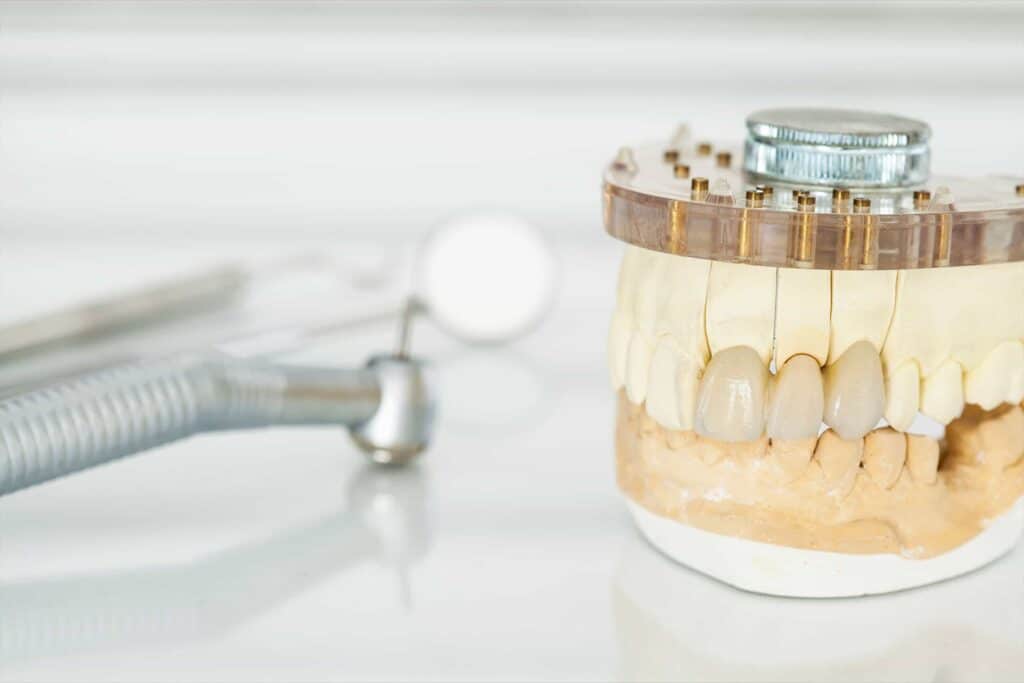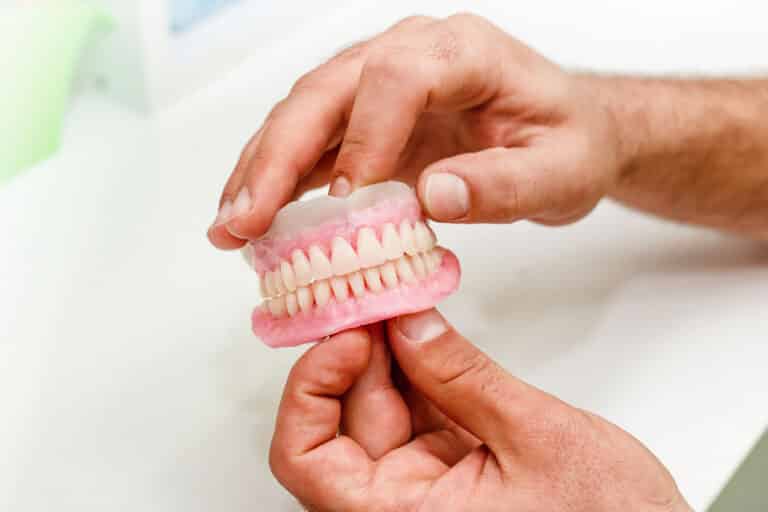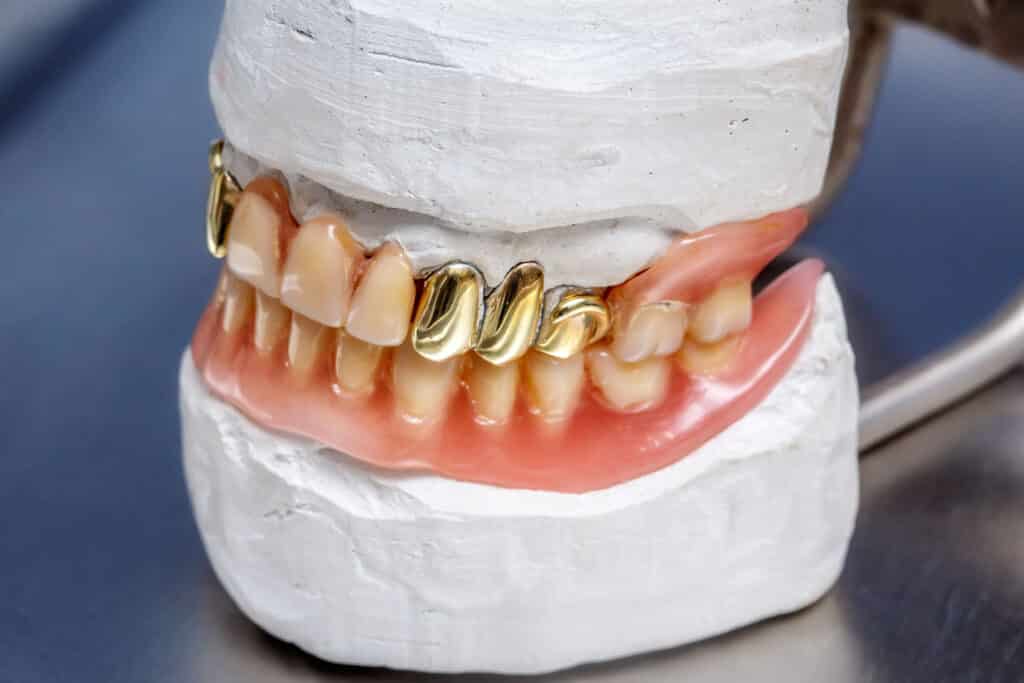Dental sealants are a prevalent treatment among dental professionals and their patients. They are thin coatings that dentists paint in the cracks and grooves of the biting surfaces of the back teeth. Dental sealants help prevent cavities from forming for many years.
According to the information provided by the CDC, they can prevent up to 80% of cavities in the back teeth for two years. This is where almost 90% of dental cavities occur. The method is effective but can be underused in many dental practices (though it’s currently gaining traction). Even though the FDA (Food and Drug Administration) deems them entirely safe for children and adults.
Dental sealants are a thin filling material that covers the pits and grooves in the tooth. You might be able to feel the sealant for a day or two after it’s been placed. They are often identifiable through a slight contrast in color when compared to the tooth. They’re usually clear, white, or slightly tinted.
How Long Do Dental Sealants Last?
When properly applied and cared for, dental sealants can last for the better part of a decade, if not longer. Dental sealants do not require removal and instead will wear off over time. They’re incredibly durable, but as they wear down, patients can have new sealants applied in their place.
It’s standard practice for your dentist to check on your sealants each time you come in for a checkup, but you should note that chewing food items like hard candy or popcorn kernels can assist in the wearing away of dental sealants as well as natural tooth enamel. When your dentist notices the deterioration of your sealants, they will take action to make the necessary adjustments.
Anyone at risk for frequent cavities can have them applied. Still, school children from ages six to twelve often have sealants applied to their permanent molars to prevent the development of cavities that may lead to tooth decay. Parents must stress that dental sealants are not substitutes for excellent oral hygiene, and kids must continue to floss and brush daily.
What Happens During A Dental Sealant Appointment?
The application of dental sealants is relatively simple. The sealant process is quick and painless and can be done in one visit. Best of all there is no numbing needed!
- First, your dentist will use an explorer tool to search for the grooves in your back teeth.
- Second, they’ll apply a gel or liquid to your teeth that helps make the surface rough enough for the sealant to bond.
- Third, the dentist will rinse and dry your teeth.
- Next, they’ll apply the sealant with a brush to protect and seal your teeth.
- Depending on the sealant type, they may use a special light to assist in the hardening process.
- Lastly if there is any excess, it is removed and polished.
Different Types Of Dental Sealants
Dental sealants are typically a mixture of chemicals, fillers, and resins. Two of the most common types are glass ionomers and composite resin. Regardless of your choice, you can be confident that your body will not absorb or leach the ingredients from the makeup of the sealant. There are BPA free sealants and if you have any concerns about what’s inside, ask your dentist and they will be able to guide you better.
Composite Resin
Many dentists use composite resin for sealants, bonding them to the tooth with a dental curing light. Generally, the composite resin is more durable than glass ionomer sealants.
Glass Ionomer
Glass ionomers blend well with tooth color and, because of that, are a popular choice among patients. These sealants aren’t bonded to the teeth using light but instead result from a mixture that produces a bonding acid reaction when placed over the teeth.
Dental sealants take a few seconds to minutes to cure, especially when using a curing light.
Does Insurance Cover Dental Sealants?
The cost of dental sealants can vary, but it’s standard for insurance companies to cover the cost. Depending on your dental plan, sealants can be of little to no cost. They’re a fantastic option for preventative treatment for cavities, so insurance companies often look at them as a way to save payouts in the long run!
Deciding On Dental Sealants
Luckily, receiving dental sealants is a safe, easy process. Since dental professionals routinely place them on the teeth of elementary-age children, it only makes sense for the procedure to be easy and effective. Regardless of the type you choose, you can be confident that you’ll have long-lasting protection against cavities and resulting tooth decay.
If you’re unsure of receiving dental sealants, you should consult your dentist to gather all the necessary information to book an appointment for yourself or your child. Sealants are typically an excellent choice overall!





